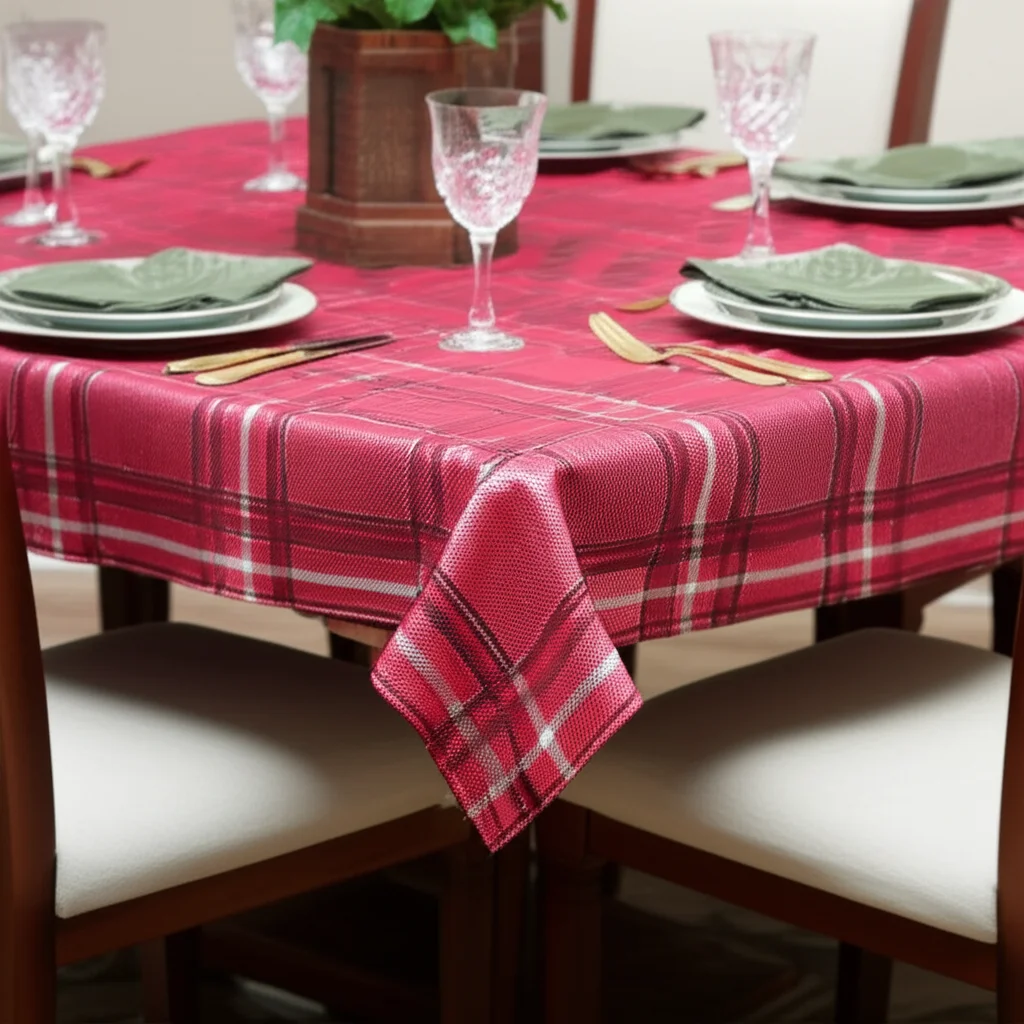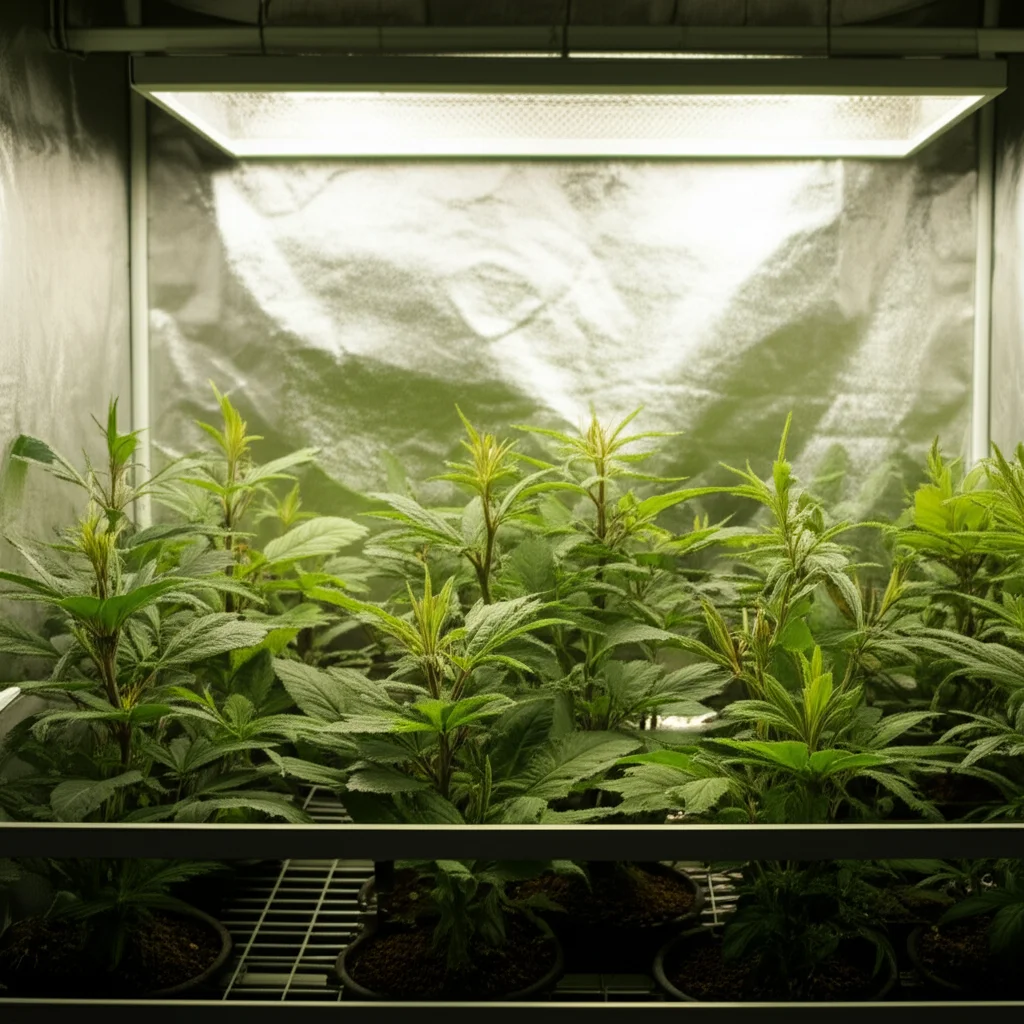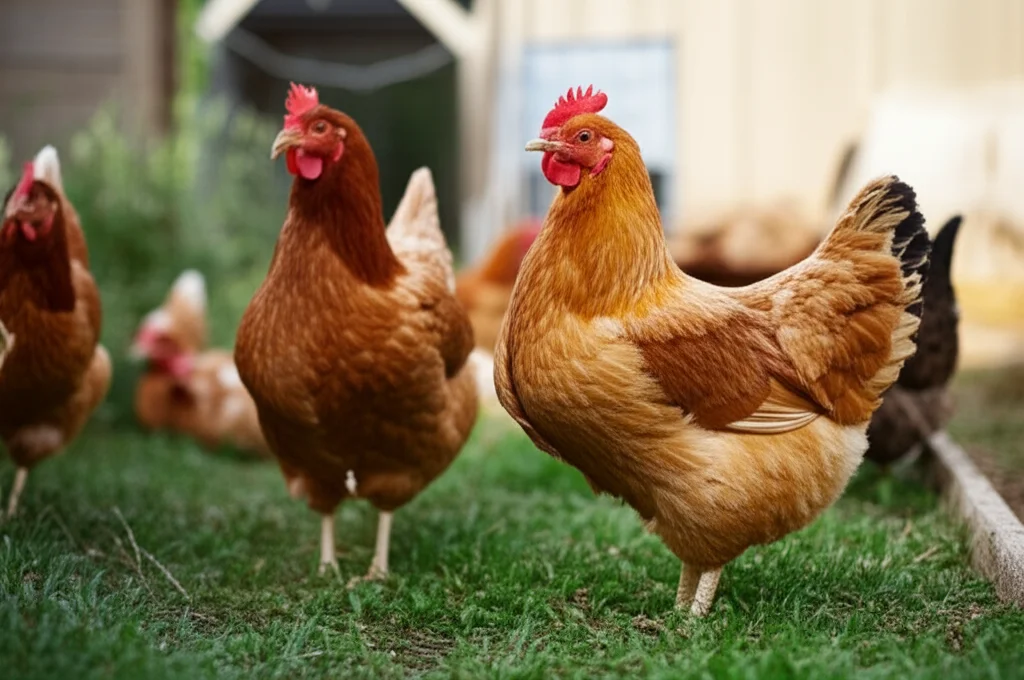· Todd Martin · Home & Garden · 14 min read
How To Get Creases Out Of Polypropylene Rug

How to Get Creases Out of Polypropylene Rug: 9 Effective Methods
Have you recently unrolled a new polypropylene rug only to find stubborn creases and waves marring its appearance? Or perhaps you’ve stored a rug and now it refuses to lie flat? Those persistent creases in polypropylene rugs can be frustrating, making your otherwise beautiful floor covering look unfinished and potentially creating tripping hazards.
Fortunately, removing creases from polypropylene rugs doesn’t require professional help or specialized equipment. With the right techniques and a bit of patience, you can restore your rug to its smooth, flat state and enhance the appearance of your living space.
Key Takeaways
- Reverse rolling is an effective first approach for removing creases from polypropylene rugs
- Heat methods like steam and hair dryers work well but require careful application to avoid damage
- Heavy objects strategically placed can flatten creases over several days
- Different approaches work better depending on crease severity and rug construction
- Prevention techniques can help avoid future creasing issues
What You Need to Know About Polypropylene Rug Creases
Polypropylene rugs develop creases primarily during shipping, storage, or when improperly placed. These synthetic rugs are durable and stain-resistant, but their plastic-based fibers can hold shape memory, making creases more stubborn than in natural fiber rugs.
Understanding the right removal techniques specifically for polypropylene material is essential to avoid damage while effectively eliminating unwanted folds and waves.
Understanding Polypropylene Rugs and Why They Crease
Polypropylene (also known as olefin) is a popular synthetic material for rugs due to its durability, stain resistance, and affordability. However, this petroleum-based fiber has some inherent characteristics that make it prone to creasing:
- Memory retention: Polypropylene fibers remember shapes when folded or rolled for extended periods
- Low resilience: Compared to wool or other natural fibers, polypropylene has less natural bounce-back ability
- Manufacturing process: Factory rolling and packaging often creates deep set creases
- Temperature sensitivity: The material can become more rigid in cooler temperatures, holding creases longer
Many homeowners encounter creasing issues when first unpackaging a new polypropylene rug that has been tightly rolled during shipping. Others face this problem after storing rugs for seasonal rotation or during moves.
The synthetic backing materials commonly used with polypropylene rugs can compound the issue, particularly with rubber-backed varieties that develop rigid folds.
Understanding these properties helps explain why traditional flattening methods might not work as effectively on polypropylene as they do on natural fiber rugs. However, with the right approach, even deeply set creases can be eliminated without damaging your rug.
Method 1: The Reverse Rolling Technique
One of the most effective and safest methods for removing creases from polypropylene rugs is reverse rolling. This technique works by using the rug’s “memory” property against itself:
- Clear a large, clean floor space for working with your rug
- Identify the direction of the existing creases
- Roll your rug tightly in the opposite direction of the current creases, with the pile facing outward
- Secure the rolled rug with string or painter’s tape (avoid adhesive tapes that might damage the fibers)
- Leave the rug rolled for 24-48 hours
- Unroll and check results; repeat if necessary with a longer waiting period
This method is particularly effective for newly purchased rugs that have been rolled during shipping. The reverse pressure helps the fibers release their memory of the original fold pattern. For stubborn creases, you may need to repeat this process several times, gradually increasing the time the rug remains rolled.
“We recommend reverse rolling as a first approach because it works with the rug’s physical properties rather than against them,” explains many interior designers. “It’s also completely safe and won’t damage the polypropylene fibers or backing.”
For larger rugs that are difficult to manage alone, enlist help from another person to ensure even rolling without creating new creases in the process.
Method 2: The Weight Method for Flattening Polypropylene Rugs
For persistent creases that don’t respond to reverse rolling, applying strategic weight can help flatten your polypropylene rug effectively:
- Lay your rug flat on the floor in its intended position
- Place heavy, flat objects directly on the creased areas (books, weighted exercise equipment, etc.)
- Ensure the weights cover the entire crease line
- Leave weights in place for 48-72 hours
- Rearrange weights if necessary to cover any remaining creases
This method works particularly well on rubber-backed polypropylene rugs, which tend to develop more stubborn creases. The continuous pressure helps reformation of the backing material as well as the fibers.
To enhance effectiveness, consider these tips:
- Use objects with flat bottoms to avoid creating indentations
- Place a thin towel between very heavy objects and the rug to prevent marking
- Distribute multiple lighter weights rather than few very heavy ones
- Rotate furniture on and off creased areas for natural weighting
For deep set creases, combining this method with others—like first using reverse rolling, then applying weights—often yields the best results. The key is patience, as gravity gradually works to reset the fibers and backing to a flat position.
Method 3: Using Heat to Remove Rug Creases
Heat methods can be very effective for removing creases from polypropylene rugs, but they require careful application to avoid damage. The controlled application of heat helps relax the synthetic fibers, allowing them to release their creased position:
Using a Steam Iron
- Set a steam iron to the lowest heat setting with maximum steam
- Hold the iron 4-6 inches above the rug (never place directly on the fibers)
- Steam over the creased areas in slow, sweeping motions
- Immediately use your hand (wearing a cotton glove for protection) to smooth and manipulate the fibers
- Allow the area to cool completely before walking on it
Using a Hair Dryer
- Set a hair dryer to medium heat (not high)
- Hold approximately 6-8 inches from the rug surface
- Move continuously over the creased area for 3-5 minutes
- While the fibers are warm, gently work the crease out with your hands
- Place a heavy, flat object over the area while it cools
When using heat methods, always exercise caution since excessive heat can potentially melt or damage polypropylene fibers. “The key is gentle, indirect heat application,” advises cleaning professionals. “You’re aiming to warm the fibers just enough to release tension, not to apply high heat that could damage the synthetic material.”
For rugs with rubber backing, be especially careful as excess heat can damage or warp the backing. Test any heat method on an inconspicuous corner of your rug first to ensure it doesn’t cause discoloration or melting.
Learn more about how to clean a polypropylene rug for proper maintenance beyond crease removal.
Method 4: Moisture and Sunlight Technique
Combining moisture and natural sunlight offers an eco-friendly approach to removing creases from polypropylene rugs:
- On a warm, sunny day, take your rug outside
- Lightly mist the creased areas with room temperature water using a spray bottle
- Place the rug flat in direct sunlight with creased side up
- Allow the sun to warm the damp areas for 2-3 hours
- Periodically check and gently smooth the creased areas with your hand
- Bring the rug inside once completely dry
This method leverages both moisture and heat to relax the fibers naturally. The water helps add flexibility to the fibers while the sun’s warmth encourages them to release the crease. For best results:
- Avoid oversaturating the rug – a light misting is sufficient
- Only attempt this method on sunny days with temperatures above 70°F
- Ensure the rug dries completely before bringing it back indoors to prevent mildew
- For particularly stubborn creases, repeat the process over several days
For those dealing with weather constraints or larger rugs, this method can be adapted for indoor use with a humidifier and a sunny window, though results may take longer. This approach is particularly friendly for households concerned about chemical treatments or those with pets and children.
If you’re also dealing with odors in your rugs, check out how to get rid of new rug smell for additional guidance.
Method 5: Using Rug Tape and Grippers
Sometimes creases persist because the rug continues to shift and bunch up during use. Securing your polypropylene rug properly can both prevent new creases and help existing ones flatten over time:
- Clean the floor beneath where the rug will be placed
- Apply double-sided rug tape along the perimeter of where the rug will sit
- For corner areas prone to flipping up, use rug grippers or corners
- Carefully position your rug over the tape/grippers
- Press firmly to ensure good adhesion
- For stubborn areas, temporarily place weights after securing
This approach works particularly well for rugs on hard surfaces like wood, laminate, or tile where slipping is common. On carpeted surfaces, consider how to secure area rug on top of carpet for specialized techniques.
For added effectiveness:
- Use high-quality, residue-free rug tape designed for your specific flooring type
- Consider using a thin, non-slip rug pad beneath the entire rug
- Replace tape if it loses stickiness over time
- Remove and reapply properly if you need to temporarily move the rug
This method not only helps eliminate existing creases through constant tension but prevents new ones from forming due to bunching and movement. Many homeowners find that simply properly securing their rug allows remaining creases to gradually disappear with normal use over 1-2 weeks.
Method 6: Professional Steam Cleaning
For particularly stubborn creases or valuable rugs, professional steam cleaning offers a highly effective solution:
- Research and hire a professional carpet cleaner with experience handling polypropylene rugs
- Specify that crease removal is your primary concern
- Ask about their process and ensure they use appropriate temperature settings
- Have furniture ready to place on key spots after cleaning to maintain flatness while drying
Professional steam cleaners have several advantages when dealing with polypropylene rug creases:
- Commercial-grade equipment provides optimal steam temperature
- Professionals understand the appropriate pressure and technique for synthetic fibers
- The extraction process removes excess moisture, preventing backing damage
- Many offer stretching and blocking services as part of the treatment
“Professional steam cleaning combines deep cleaning with effective crease removal,” says many rug cleaning experts. “The hot water extraction method relaxes fibers while simultaneously removing dirt that may be settled into the creased areas.”
While this is the most expensive option, it’s often worth considering for high-value rugs or when multiple DIY attempts have failed. Additionally, the deep cleaning benefits your rug beyond just crease removal.
If you’re dealing with specific stains along with creases, you might want to explore how to get stain out of jute rug for specialized techniques.
Method 7: Floor Heating to Relax Fibers
If you have underfloor heating, this can be leveraged as an effective crease-removal tool for polypropylene rugs:
- Ensure your floor heating system is working properly
- Place the rug with creased side down directly on the heated floor
- Set the floor heating to a moderate temperature (not exceeding 85°F)
- Leave the rug in place for 24-48 hours
- Place some weight on any particularly stubborn creased areas
This method works by gently and evenly warming the entire rug from below, allowing both the fibers and backing to relax simultaneously. The continuous, consistent heat helps release the tension in the creased areas more effectively than intermittent application.
Important safety considerations:
- Never set floor heating above the manufacturer’s recommended maximum temperature
- Monitor the process initially to ensure the rug isn’t overheating
- If you detect any unusual odors, discontinue immediately
- This method works best with thin to medium-pile polypropylene rugs
For those without built-in floor heating, a similar effect can sometimes be achieved using heating pads set on low heat, though this requires very careful monitoring to prevent overheating or fire hazards.
If bumps rather than creases are your main concern, explore how to get bumps out of area rugs for targeted solutions.
Method 8: Rug Stretching Tools
For those willing to invest in tools for recurring rug issues, rug stretching tools can effectively eliminate creases from polypropylene rugs:
- Purchase or rent a knee kicker or rug stretcher from a home improvement store
- Secure one end of the rug firmly (against a wall or heavy furniture)
- Starting from the secured end, use the tool to stretch the rug toward the opposite end
- Work in sections, gradually moving across the width of the rug
- Once stretched, secure the newly stretched section immediately
This method works particularly well for larger area rugs where other techniques prove challenging due to size. The mechanical stretching physically extends the fibers and backing, forcing them to release their creased memory.
Tips for effective stretching:
- Watch instructional videos before attempting if you’re unfamiliar with the tools
- Work on a clean, dry surface to prevent dirt embedding during the process
- For severe creases, combine with low heat from a hair dryer on the creased area
- Consider having a helper to secure sections as you work
While requiring more effort and potentially equipment rental costs, this method offers one of the quickest solutions for severe creases that have resisted other approaches. For wall-to-wall carpeting issues, see how to get wrinkles out of carpet without a stretcher for alternative approaches.
Method 9: Preventing Future Creases in Polypropylene Rugs
Once you’ve successfully removed creases from your polypropylene rug, implementing preventative measures helps maintain its flat appearance:
- Proper storage: Store rugs rolled (never folded) around a cardboard tube with pile facing outward
- Regular rotation: Rotate rugs 180 degrees every 6 months to ensure even wear
- Use rug pads: Quality rug pads prevent slipping and provide cushioning support
- Secure placement: Use appropriate rug tape or grippers to prevent movement
- Humidity control: Maintain moderate humidity levels in your home (30-50%)
- Avoid direct sunlight: Minimize prolonged exposure to intense sunlight which can warp fibers
For seasonal storage:
- Clean thoroughly before storing
- Roll with acid-free paper between layers for very large rugs
- Store horizontally rather than standing vertically when possible
- Use breathable covers rather than plastic
- Keep in climate-controlled areas
“Preventative care is always easier than correction,” note interior design experts. “Taking a few simple steps when installing or storing your polypropylene rug can save significant hassle later.”
By incorporating these preventative practices, you’ll extend the life of your rug while maintaining its appearance. For specific cleaning needs, reference how to clean urine from polypropylene rug for guidance on handling common accidents.
FAQ: Common Questions About Polypropylene Rug Creases
How do you flatten a polypropylene rug?
To flatten a polypropylene rug, start with reverse rolling for 24-48 hours, followed by weighing down creased areas with heavy books or furniture. For stubborn creases, apply indirect heat using a hair dryer on medium setting or steam held 4-6 inches above the surface, then immediately smooth with your hands and weight until cool.
Can you steam a polypropylene rug?
Yes, you can steam a polypropylene rug, but with caution. Always keep the steamer 4-6 inches above the rug surface, never allowing direct contact. Use the lowest heat setting with maximum steam output, and immediately smooth the area with your hands after steaming. Test on an inconspicuous area first, as excessive heat can damage synthetic fibers.
How to get a crease out of a rubber-backed rug?
For rubber-backed rugs, apply weights to the creased areas for 2-3 days, avoiding heat methods which can damage the backing. Reverse rolling works well if the rubber backing is still flexible. For stubborn creases, try the sunlight method on a warm day with very light misting, ensuring the backing dries completely to prevent mildew growth.
How to get waves out of a rug without a stretcher?
Remove waves from a rug without a stretcher by securing the rug edges with double-sided tape or rug grippers, then placing heavy objects on the waved areas for several days. The reverse rolling technique is also effective, as is misting lightly with water and allowing to dry flat in sunlight while periodically smoothing the waves with your hands.
How long does it take for rug creases to disappear?
The time for rug creases to disappear varies based on severity and method used. Minor creases may resolve within 24-48 hours using weights or reverse rolling. Moderate creases typically require 3-7 days of consistent treatment. Severe or long-established creases in polypropylene rugs might take 2-3 weeks of combined approaches, including periodic reapplication of weights and proper securing.
Can I use an iron directly on my polypropylene rug?
No, never place an iron directly on a polypropylene rug. The direct heat can melt or damage the synthetic fibers. Instead, use the steam function of your iron, keeping it 4-6 inches above the rug surface, or place a damp cotton cloth between the iron and rug if absolutely necessary, using the lowest heat setting and moving continuously.
Will professional cleaning remove creases from my polypropylene rug?
Professional cleaning can effectively remove creases from polypropylene rugs, especially when using hot water extraction methods. The combination of controlled steam, agitation, and professional stretching techniques makes this a reliable, though more expensive, solution. Specify your crease concerns when booking the service so technicians can use appropriate techniques for your specific rug construction.
Final Words
Removing creases from polypropylene rugs may require patience and persistence, but with the right techniques, you can restore your rug to its smooth, flat appearance. Whether you opt for simple DIY methods like reverse rolling and strategic weighting, or choose heat-based approaches for more stubborn creases, the key is understanding the unique properties of polypropylene fibers and working with them rather than against them.
Remember that prevention is equally important—proper storage, regular rotation, and securing your rug with appropriate pads or tape will help maintain its flat appearance long-term. By implementing both corrective and preventative measures, you’ll enjoy your polypropylene rug’s beauty and functionality without the distraction and hazard of unsightly creases and waves.
For ongoing rug care and maintenance, consider establishing a regular cleaning routine using appropriate methods for synthetic fibers. Your efforts will be rewarded with a polished, professional look that enhances your entire living space.





